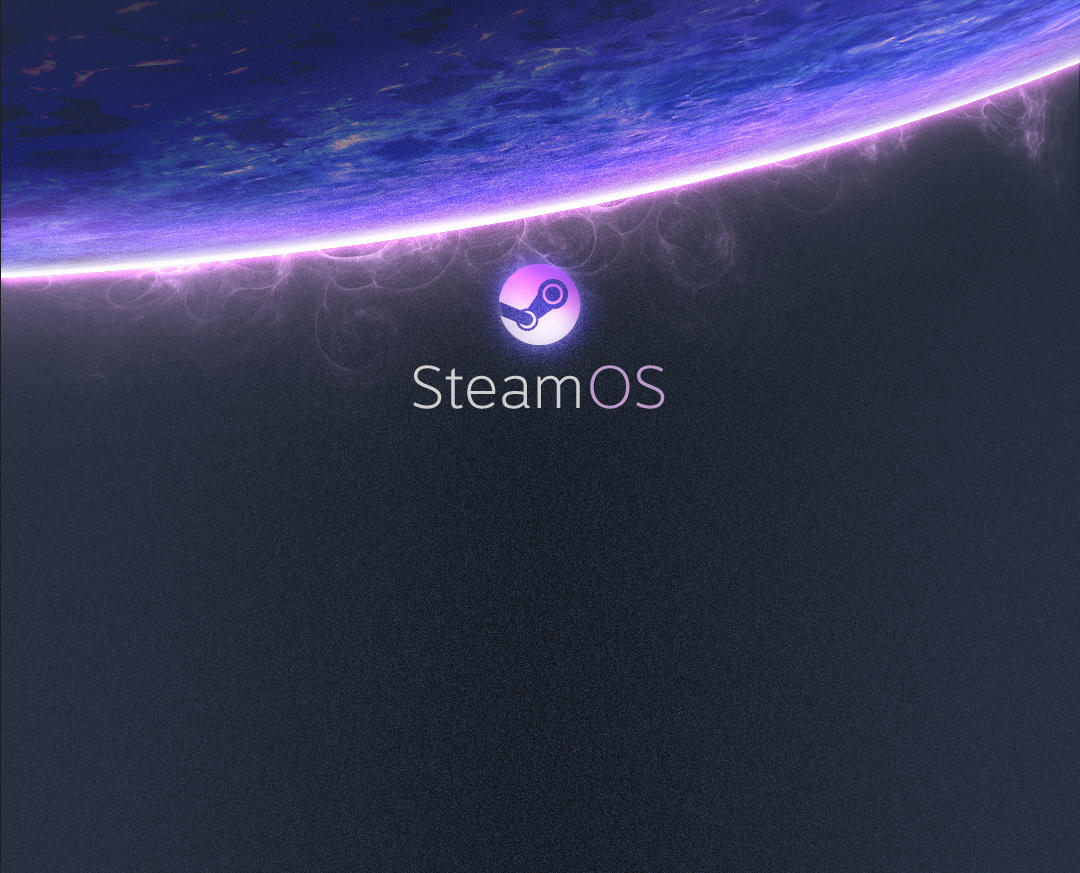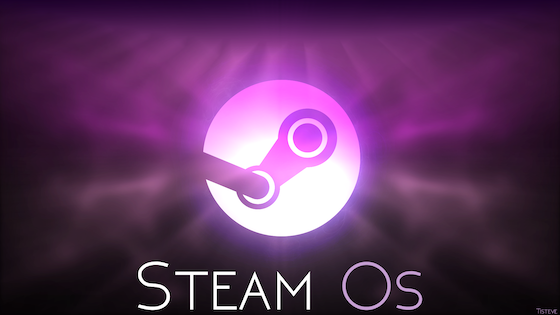


If you decide to try it out, choose a clean drive that you’re fine letting SteamOS format.įor our test system, we used an Intel Core i7-4960X processor, a GIGABYTE GA-X79-UP4 motherboard, a GeForce GTX 780 from GIGABYTE (the GV- N780GHZ-3GD), 16GB Patriot Viper Xtreme DDR3-1866, and a 600GB Western Digital VelociRaptor. Also keep in mind that Steam OS will slice up your hard drive or SSD into a handful of partitions after completely wiping it so forget about dual-booting SteamOS for now. The firm mentions that support for AMD- and Intel-based GPUs is coming, but as we go to press, the beta does not support them. The USB drive you’ll use to install the OS needs to have a capacity of at least 4GB. SteamOS is based on Debian 7 (aka “Debian Wheezy”), a popular and highly-stable Linux distribution.Īccording to Valve, you can install SteamOS on a system with a 64-bit AMD or Intel processor, 4GB or more RAM, a 500GB or larger storage drive, an NVIDIA graphics card, and a motherboard that supports UEFI booting and at least one USB port. Hardware manufacturers tend to prioritize driver software development for Windows platforms, and often the community of Linux developers and users is left to pick up the slack. Hardware Checklist The current minimum system require- ments for running SteamOS are about as restrictive as those for running most forms of Linux. In this article, we’ll walk you through the fairly painless process of building your own beta Steam Machine, show you what it looks like, and perform some cursory benchmarking to see what kind of performance you can expect to get from the platform. For those with a tendency to tinker, Valve has released a beta version of SteamOS, ready to download and install on the system of your choice. With SteamOS, Valve has created a Linux-based operating system designed solely for gaming and entertainment.

It’s true, Steam runs on Mac OS and Linux, but according to the Steam Hardware & Software Survey: February 2014, those operating systems accounted for just 3.42% and 1.3% of Steam’s users, respectively. Sorry Windows, You’re Not Invited To This Shindig Until now, gaming systems running Steam as a discrete application were largely Windows-based systems.


 0 kommentar(er)
0 kommentar(er)
